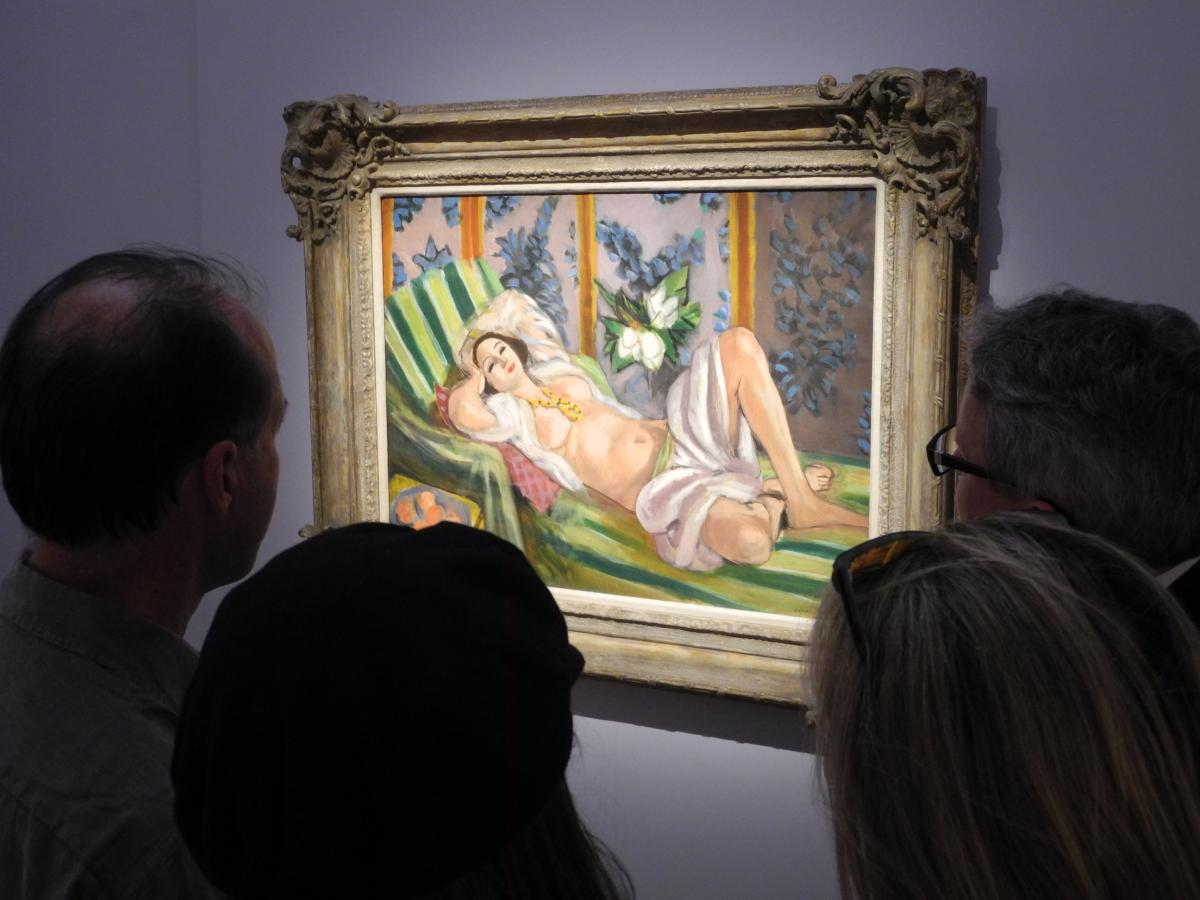How to manage your passion investment in art

Whether one owns art for pleasure or as an investment, the volume of administration related to managing a collection is the same: initial due diligence, lending to museums, maintaining an inventory, transport, storage, insurance, valuations, the structure through which the collection is owned, cataloguing, strategic planning for the future (including inheritance planning), and more.
Inevitably there comes a time when the collection is so vast, and the transactions so complex, that the owner realises that he or she needs assistance and guidance to address day-to-day matters as they arise.
Choosing an expert
The decision about what type of assistance is required must start with a thorough and honest appraisal of both the collector and the collection’s needs. Dedicated art advisers tend to focus on the minutiae of a transaction rather than the lifecycle of the artwork after the transaction. A collection manager, by definition, has broader knowledge and knows where to find the right expertise. Some aspects of managing the collection—such as specific art historical research, conservation, or legal and tax advice—will demand significant specialised professional input that a seasoned collection manager can easily draw upon.
If the collection manager works within the context of a family office they will also recognise that the long-term preservation of an art collection across multiple generations, and decisions about the future of the collection, are far more dependent on the collector and his or her family than on the collection manager.
Ownership vehicles
 The moment it becomes apparent that a collection is being assembled, the obvious question is who is going to own it? Will it be in the name of the individual or held through a trust, company or foundation? This decision begs numerous questions, starting with the purpose and objectives of the collection, which are themselves quite likely to change over time. It is often the case that a collection starts with paintings acquired for personal pleasure, but subsequently plans are made to pass the collection to the next generation, or even to make it over to charitable purposes.
The moment it becomes apparent that a collection is being assembled, the obvious question is who is going to own it? Will it be in the name of the individual or held through a trust, company or foundation? This decision begs numerous questions, starting with the purpose and objectives of the collection, which are themselves quite likely to change over time. It is often the case that a collection starts with paintings acquired for personal pleasure, but subsequently plans are made to pass the collection to the next generation, or even to make it over to charitable purposes.
Part of the reason for choosing an experienced collection manager within a family office is to integrate a plan for the management and administration of the collection with a view to family inheritance into the wider family inheritance strategy. Either way it is likely that fiduciary structures will be used and given the increasing obligations of trustees, careful management will help mitigate the many risks which artworks are subject.
Due Diligence
Unlike investment management the art world is largely unregulated. It is one of the most manipulated markets in the world. A conservative estimate of forged or misattributed art in circulation is 40%. Therefore, how do you make sure you are buying exactly what you think you are buying? Through tracing the work back to the artist in an unbroken chain, with proper documentation for each stage. The quality of the evidence will not only ensure you avoid the classic mistake of acquiring paintings looted in World War II, it will significantly affect the value if and when you try to re-sell.
Cataloguing and Value Management
The more detailed a catalogue, the more useful it is for reviews, exhibitions and literature as well as sales and insurance claims. Formal valuations are usually provided by the major auction houses, which are generally closest to the market and have the broadest range of expertise. On occasions collectors will prefer independent valuers to avoid flagging their collection to the auction houses. There are discreet experts available for such work. Regular valuations are particularly necessary for top end works subject to market fluctuations.
Storage and transportation
 Ensuring that the work is always stored in suitable conditions is vital to its preservation. Whether it is to be stored in a private home, a storage facility or a museum. Are suitable and reliable temperature and humidity controls in place? Is there natural light flooding onto the work? Depending on the medium, these factors could alter the condition of the work and ultimate value. If in storage, should the work be kept in a bespoke, insulated crate or rather, be unpacked and held in a secure vault? Depending on the value and fragility of the work, appropriate crates should be built for transportation, often insulated, varnished and museum-quality. Condition checks must be carried out prior to and post transportation, using a suitable expert.
Ensuring that the work is always stored in suitable conditions is vital to its preservation. Whether it is to be stored in a private home, a storage facility or a museum. Are suitable and reliable temperature and humidity controls in place? Is there natural light flooding onto the work? Depending on the medium, these factors could alter the condition of the work and ultimate value. If in storage, should the work be kept in a bespoke, insulated crate or rather, be unpacked and held in a secure vault? Depending on the value and fragility of the work, appropriate crates should be built for transportation, often insulated, varnished and museum-quality. Condition checks must be carried out prior to and post transportation, using a suitable expert.
Conservation and Restoration
A work should not be tampered with unless the condition is deteriorating to the detriment of the work, in which case specialist conservators should be consulted for their advice. If you are thinking of selling an artwork and believe it could benefit from some restoration, a potential buyer may rather buy the work as it is and use their own preferred restorer to carry out the work.
Paperwork and Taxation
When moving artwork across borders it is important to understand which forms need to be completed and who will read them. Incorrect advice or paperwork could result in very costly penalties. Technical issues with tax, legalities and governance must also be addressed. Who owns the work? Not only must you think of who owns it, but of who enjoys it. If the work is moving, where is it going? Consideration must be given to whether it is moving across jurisdictions; export and cultural licences may be required; the move may result in import VAT duties. The value of the work is relevant, its current value, also its value when the previous beneficiary/owner died/divorced/moved jurisdictions. A work’s value may vary depending in which market it is sold—the US or Hong Kong, Paris or London.
Insurance
Appropriate insurance for art and jewellery is key, using the most relevant insurer and with competitive rates. Insurers must be kept up to date on movement of the works, especially if they are on loan or in transit. Insurers will not pay out if terms of contract have not been strictly adhered to, so it is vital to ensure the broker is aware of current values, locations, loans, etc. A collection may use separate policies for varying currencies depending on the strength of the relevant market. Artworks should be labelled with the correct ownership details and the insurance policies must be in accordance with these so to ensure simplification of any ownership issues in case of insurance claims, together with a detailed catalogue.
Final thoughts
Owning and managing an art collection is a complex business requiring frequent advice. The collector therefore needs to know who to ask, precisely what should be required of them, how much they should be paid and how to evaluate their advice—failing which someone is needed who can be totally trusted to do this on his or her behalf. Such independent strategic advice is not easy to find.






